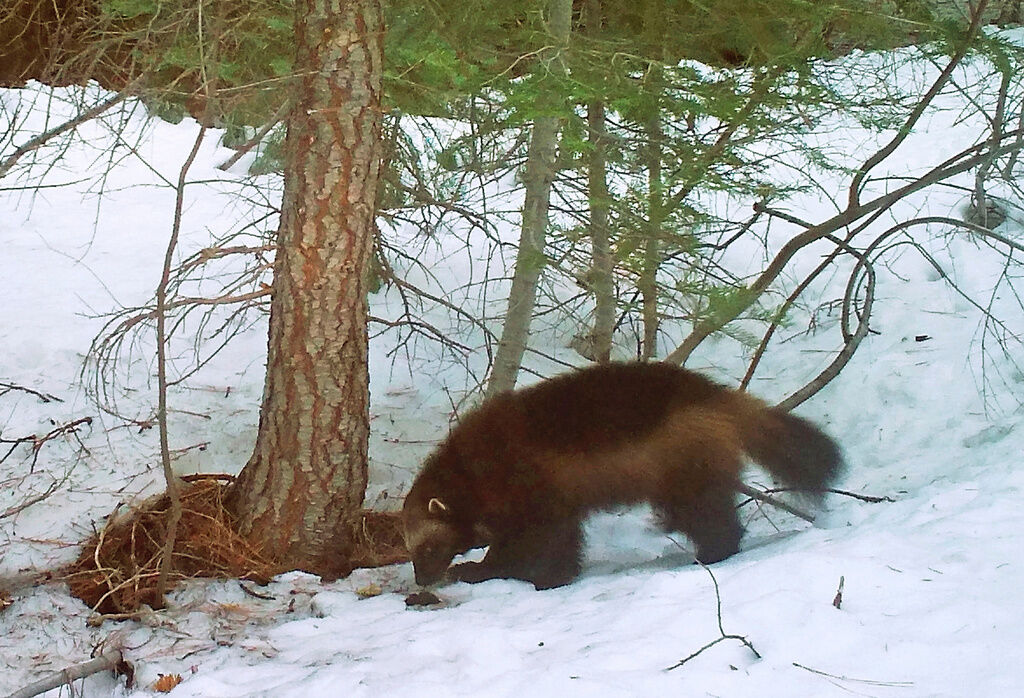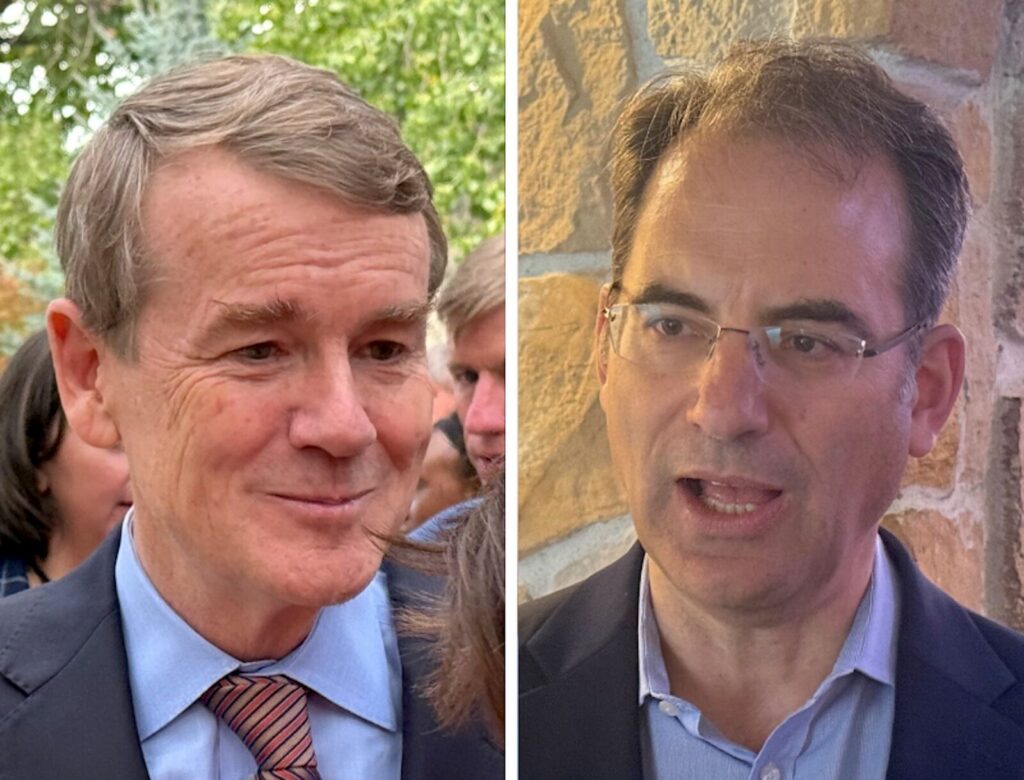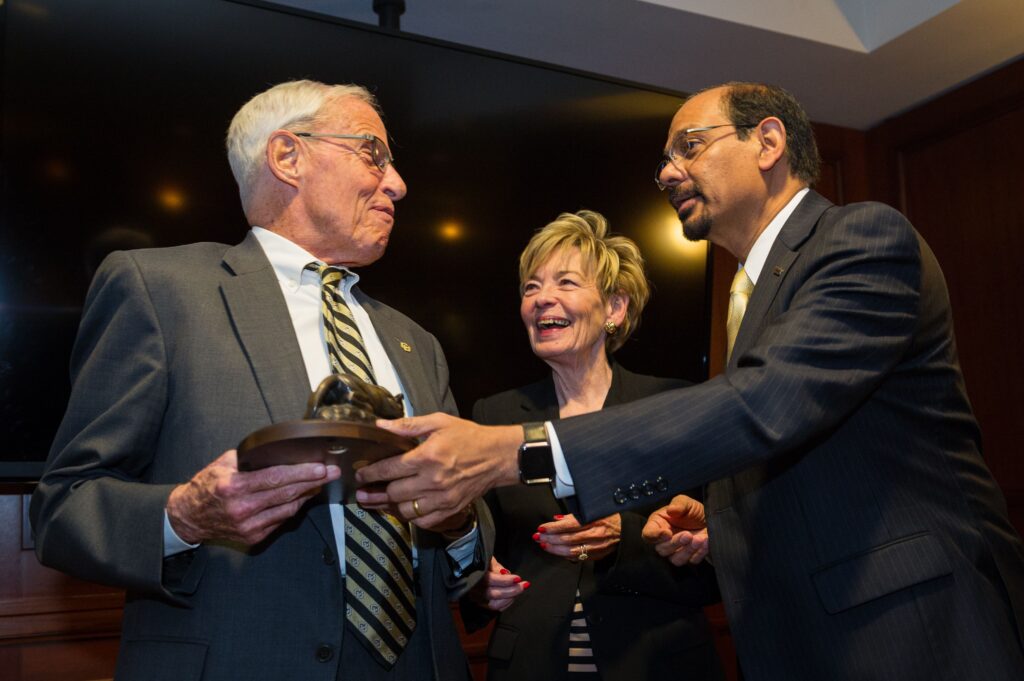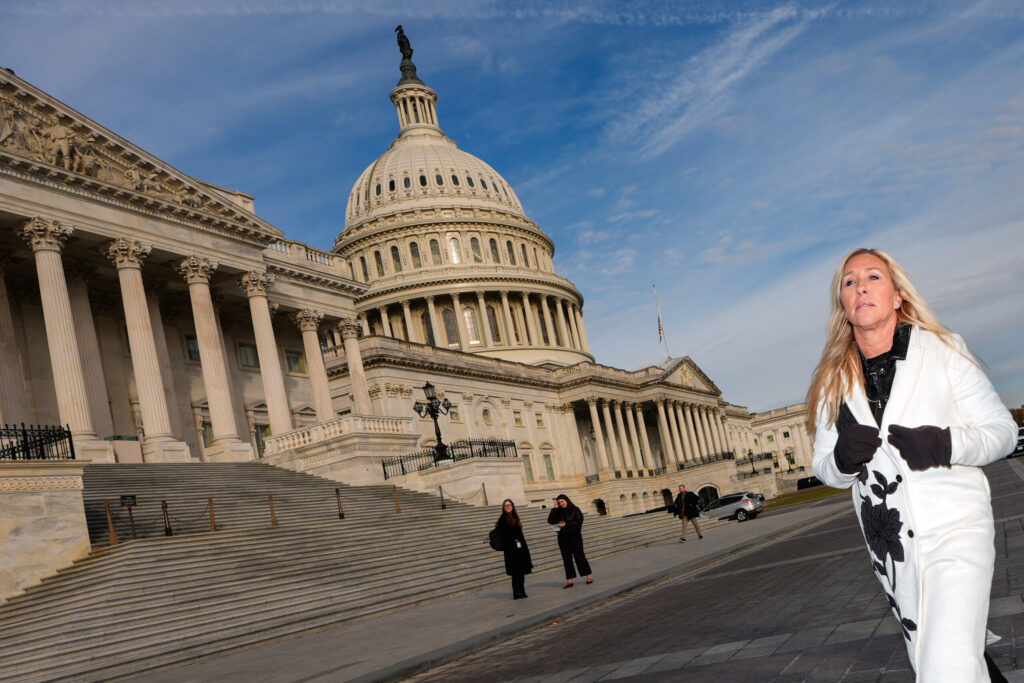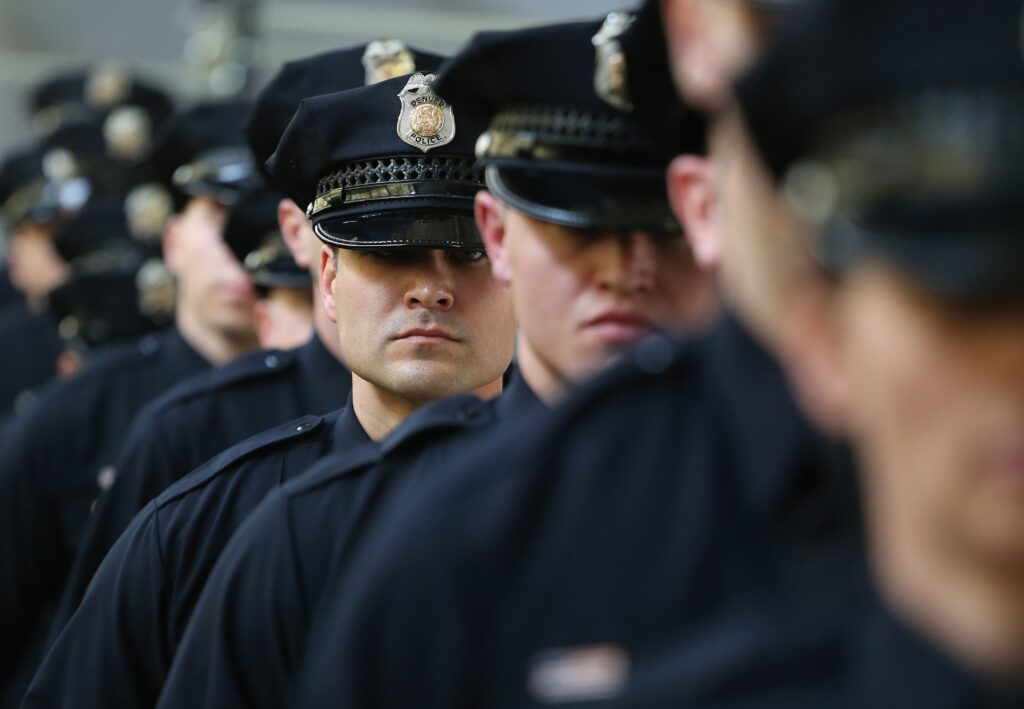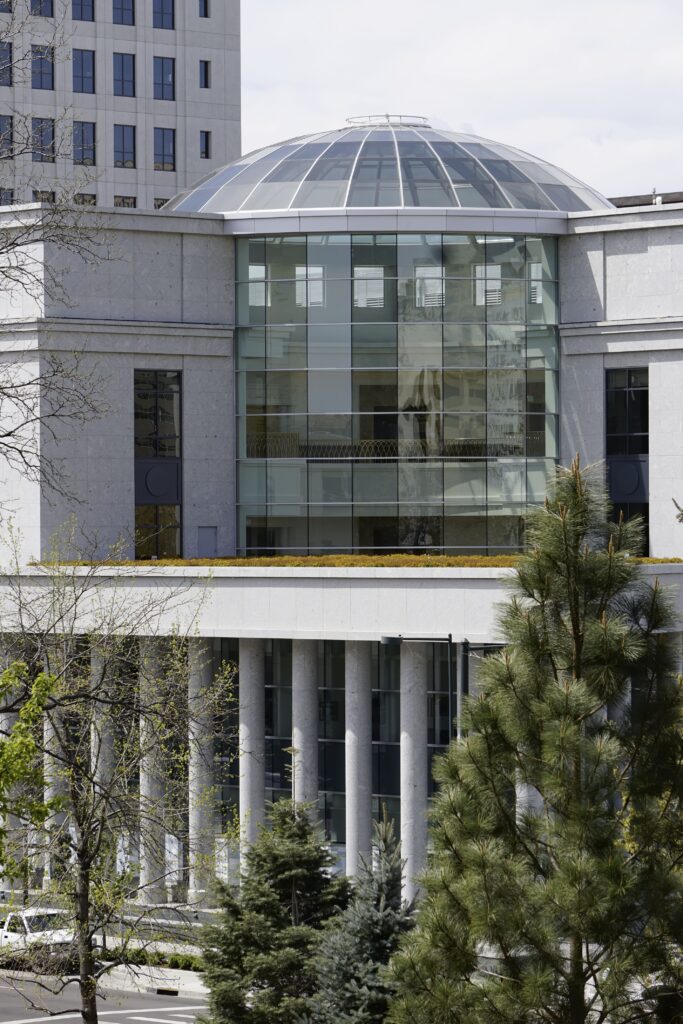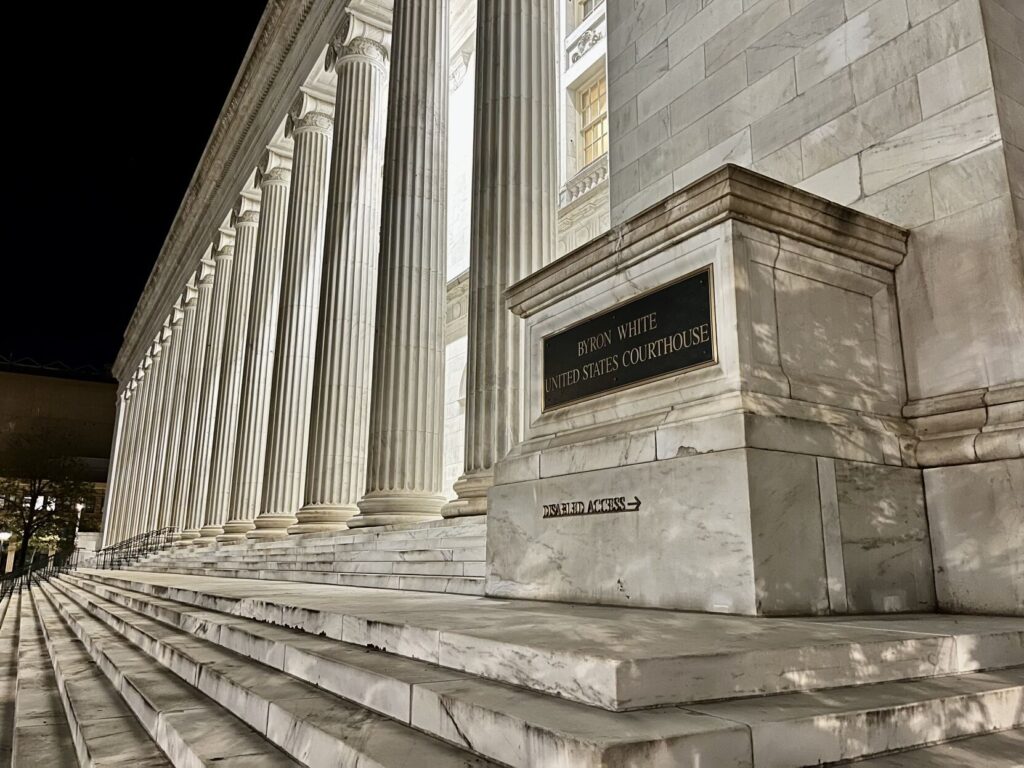OUT WEST ROUNDUP | Glacier grizzlies could face hunters; Pecos River shortages mulled
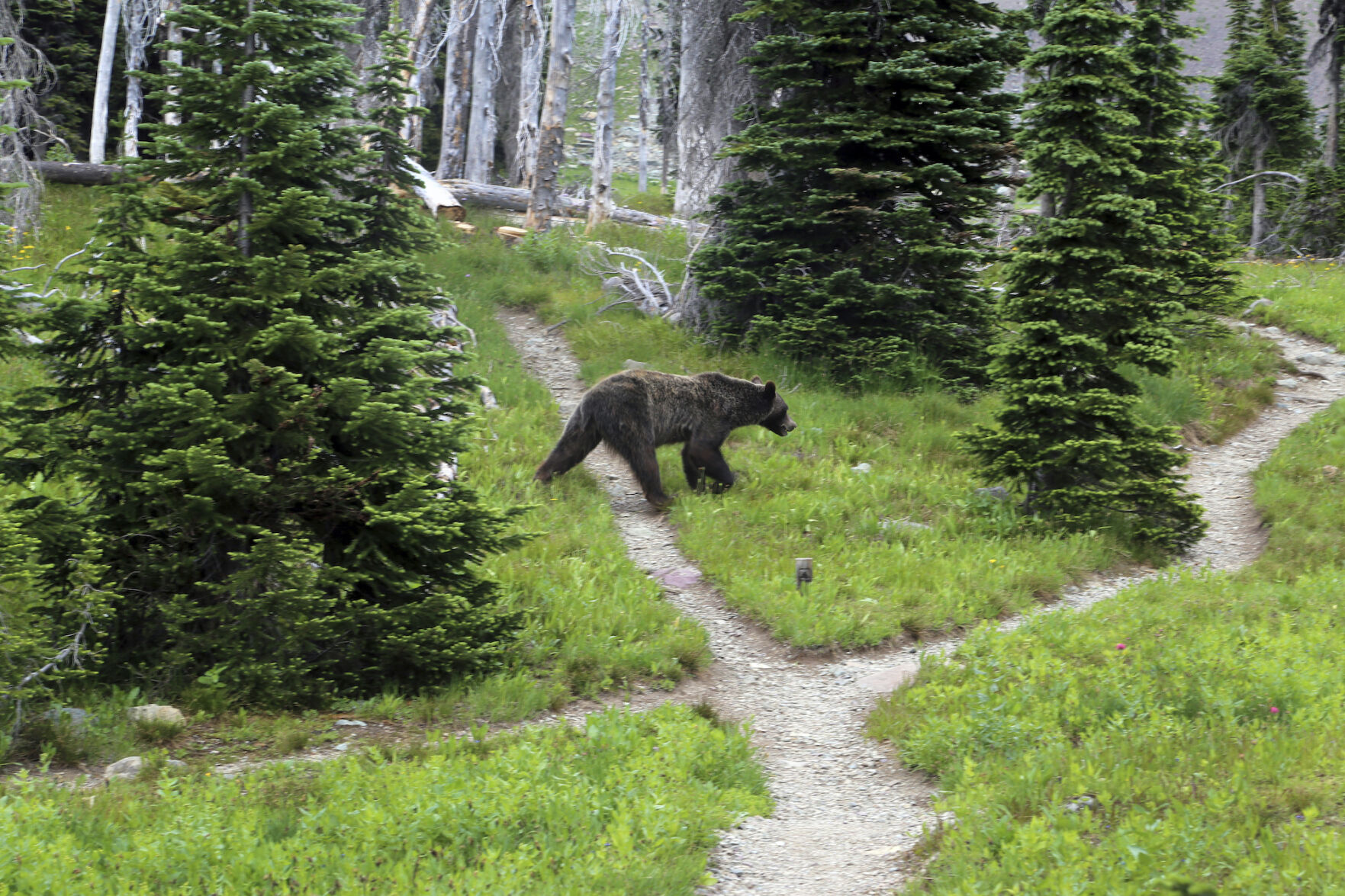
MONTANA
State seeks to end protections for Glacier-area grizzlies
BILLINGS – Montana is asking the U.S. Fish and Wildlife Service to lift threatened species protections for grizzly bears in the northern portion of the state, including areas in and around Glacier National Park, officials said on Dec. 6.
The request, if granted, would open the door to public hunting of grizzlies in Montana for the first time in three decades. It comes after bear populations have expanded, spurring more run-ins, including grizzly attacks on livestock and periodic mauling of people.
Removing federal protections would give state wildlife officials more flexibility to deal with bears that get into conflicts, Montana Gov. Greg Gianforte said. But wildlife advocates warned of overhunting if protections are lifted.
Northwest Montana has the largest concentration of grizzlies in the Lower 48 states, with more than 1,000 bears across Glacier National Park and nearby expanses of forested wilderness, an area known as the Northern Continental Divide Ecosystem.
In March, U.S. government scientists said the region’s grizzlies are biologically recovered, but need continued protection under the Endangered Species Act because of human-caused bear deaths and other pressures.
Hunting of grizzlies is banned in the U.S. outside Alaska. Bears considered problematic are regularly killed by wildlife officials.
Wildlife advocates cautioned against giving the state control over grizzlies, after Republicans, including Gianforte, have advanced policies that make it much easier to kill another controversial predator, the gray wolf.
As many as 50,000 grizzlies once ranged the western half of the U.S. Most were killed by hunting, trapping and habitat loss following the arrival of European settlers in the late 1800s. Populations had declined to fewer than 1,000 bears by the time they were given federal protections in 1975.
Montana held grizzly hunts until 1991 under an exemption to the federal protections that allowed 14 bears to be killed each fall.
NEW MEXICO
State preps for future shortages on Pecos River
ALBUQUERQUE – New Mexico’s top water official has issued an order establishing the framework for dealing with future water shortages on the Pecos River.
Water managers have been augmenting supplies in southeastern New Mexico by pumping groundwater, allowing farmers to continue irrigating cropland throughout the Carlsbad area and for New Mexico to make good on its water delivery obligations to neighboring Texas.
While pumping helped to make up for dwindling surface water supplies this year, officials are warning that it might not be able to meet demands in the coming years if drought persists and summer monsoons deliver less rain.
The latest seasonal outlook shows much of the Southwestern U.S. can expect drought to stick around through February. New Mexico already has experienced more dry years than wet ones over the last two decades, resulting in shrinking reservoirs and record-low river flows.
The order issued last week by State Engineer John D’Antonio said the need for administration of surface and groundwater rights within the Pecos River system “is so urgent” that a plan had to be developed.
While officials are encouraging water-sharing agreements and other options, the order spells out the process for the Office of the State Engineer to dole out water based on priority if supplies to junior water rights holders need to be curtailed. It would be up to the office to determine who holds valid rights and whether public health or safety could be compromised by cutbacks and if it would result in more for senior users.
The Office of the State Engineer said the groundwater pumping also has helped guarantee New Mexico’s continued compliance with the Pecos River Compact, which requires a certain amount of water to flow south to Texas.
UTAH
Iconic trail at Zion National Park to require permits
SALT LAKE CITY – Zion National Park will soon require reservations to hike a famous southern Utah trail perched on the edge of a red-rock cliff, officials announced Friday.
As of April 1, people who want to hike the narrow Angels Landing hike will need permits provided through a lottery system.
The lottery will be fairer to visitors and reduce crowding on the trail, said superintendent Jeff Bradybaugh. Crowding is a major concern on the trail edged by a sheer cliff, where a small number of people typically fall and die every year, park officials have said.
The number of people visiting Zion has been growing rapidly in recent years, swelling from about 2.8 million visits in 2011 to nearly 4.5 million visits in 2019.
Angels Landing is one of the most sought-after destinations and more than 300,000 people hiked it in 2019, according to park officials.
There will be two lotteries, one seasonal and another for one day ahead of planned hikes. Each drawing costs $6 per person to enter and people who win must pay a $3 per person fee. That will cover the cost of running the lottery and rangers to check permits on the trail.
Park officials did not immediately say how many people will be allowed per day, but planning documents outlined a previous experiment that limited visitors over Memorial Day weekend to 120 people per hour on the trail.
SOUTH DAKOTA
Governor offers bill to create moment of silence in schools
PIERRE – Gov. Kristi Noem said on Dec. 13 she has drafted legislation to create a moment of silence at the beginning of each day in South Dakota public schools, a move she said would restore protections for prayer in the classroom.
A draft of the bill said it will provide students and teachers with a reprieve from the frenzy of daily life and set a tone of decorum conducive to learning. Students and teachers can can engage in voluntary prayer, reflection, meditation or other quiet, respectful activity during the minute of silence, the bill states.
School employees would not be able to dictate the action to be taken by students or teachers during the moment of silence, and no student may interfere with how other classmates are engaged in the minute.
The bill’s draft said the moment of silence should not be construed as a religious exercise.
The bill isn’t Noem’s first attempt to introduce religion-inspired ideas into public schools.
In 2019, she successfully required the national motto “In God We Trust” be displayed in all public schools, sparking a national debate and drawing criticism from groups like Freedom From Religion Foundation. The Madison, Wisconsin-based foundation argued it would lead to “more onerous things.”
South Dakota’s legislative session starts Jan. 11.
NAVAJO NATION
Partnership extends powerlines to tribal homes
CHILCHINBETO – Work crews from the Los Angeles Department of Water and Power are partnering with the Navajo Tribal Utility Authority to extend powerlines to homes in several tribal communities, including Chilchinbeto, Kayenta, Chinle, Kaibeto and Coppermine.
At a project site in Chilchinbeto, crews are working to extend a nine-mile stretch of powerlines.
As of Dec. 9, the partnership had connected 29 homes since the crews arrived from Los Angeles in late November.
Tribal officials said the goal is to connect as many homes as possible to the electric grid within six weeks.
The partnership allows Los Angeles Department of Water and Power to conduct rural field training for its work crews to help them gain experience with extending power lines in remote communities under adverse weather and rugged terrain conditions while covering the costs of labor, equipment and travel expenses.
The tribal utility authority provides the materials for the projects, labor and meals for the visiting work crews.




